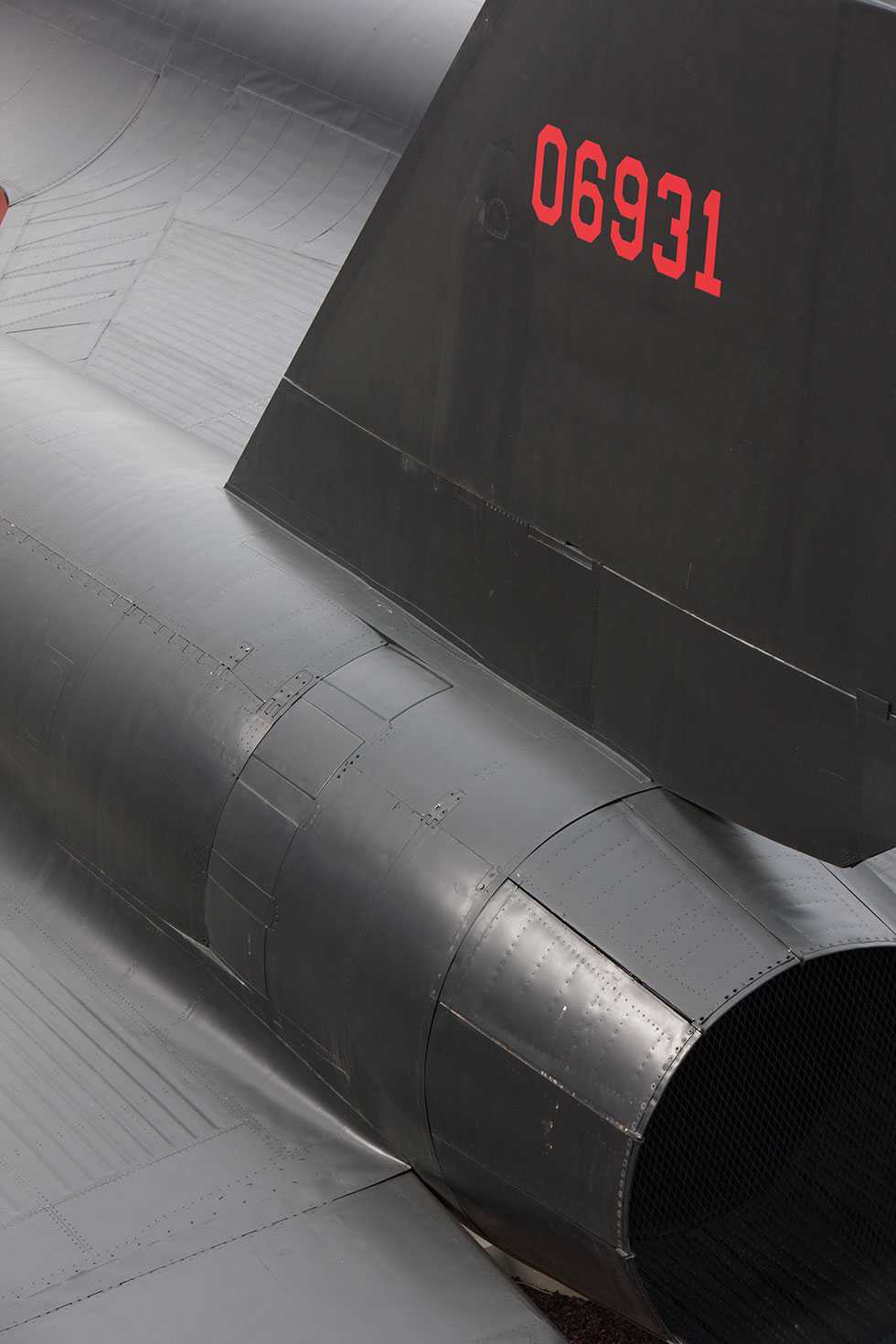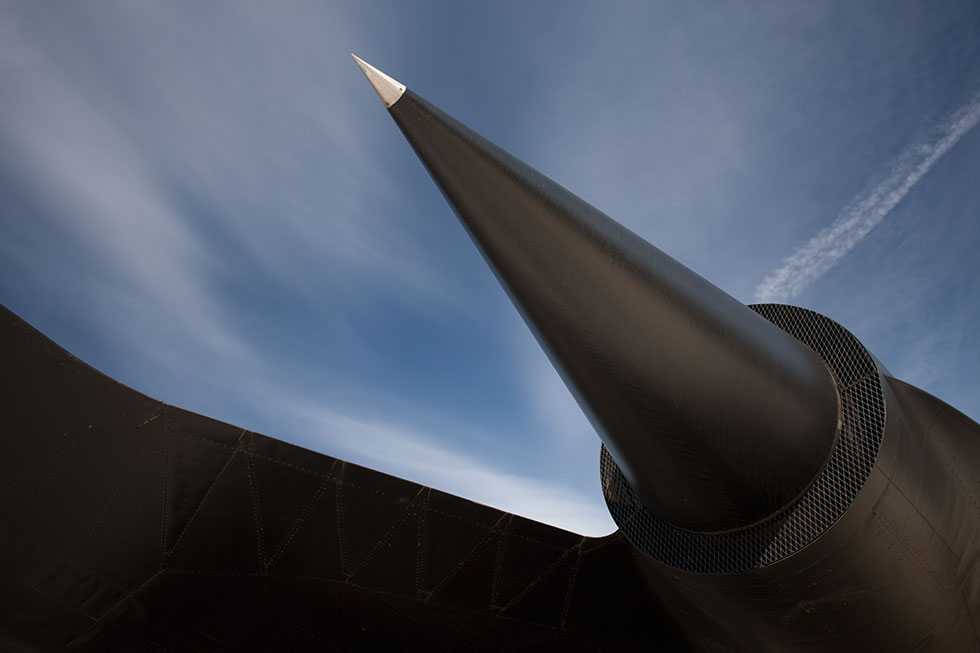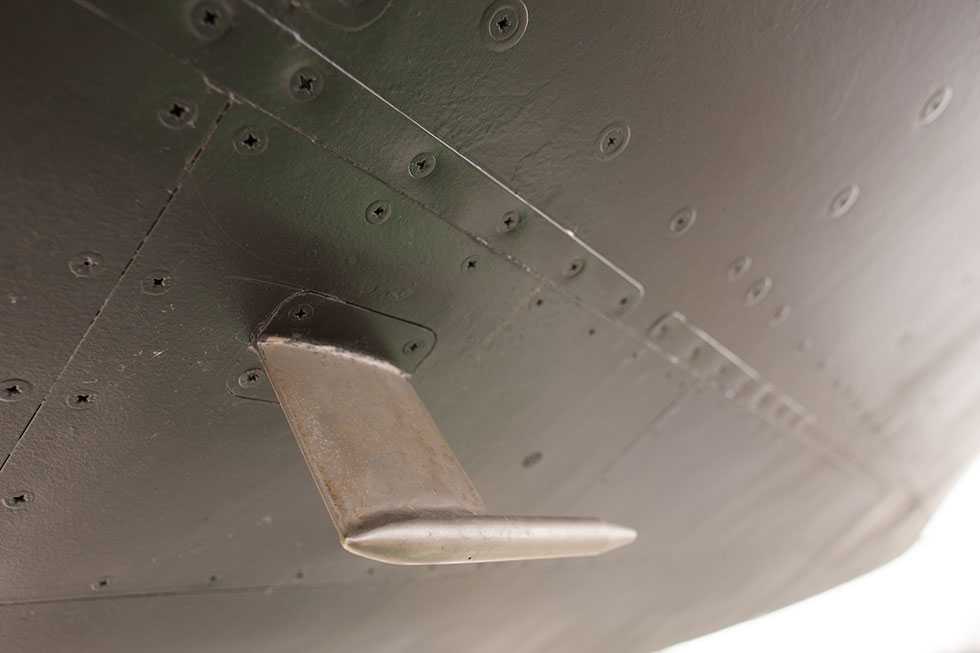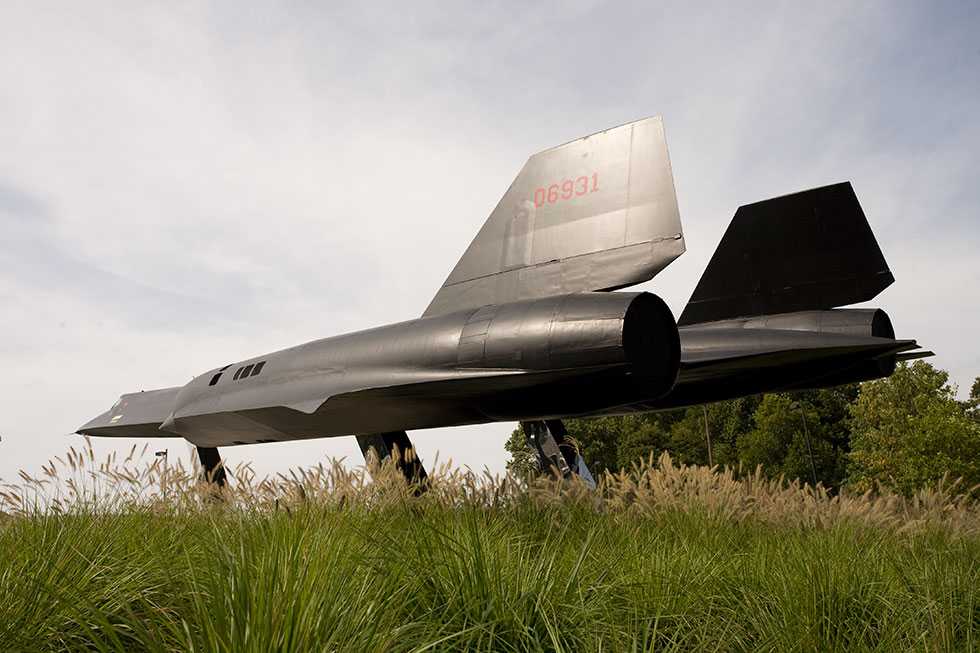About the A-12 Oxcart
CIA developed the highly secret A-12 OXCART as the U-2’s successor, intended to meet the nation’s need for a very fast, very high-flying reconnaissance aircraft that could avoid Soviet air defenses. CIA awarded the OXCART contract to Lockheed (builder of the U-2) in 1959. In meeting the A-12’s extreme speed and altitude requirements, Lockheed — led by legendary engineer Clarence “Kelly” Johnson — overcame numerous technical challenges with cutting-edge innovations in titanium fabrication, lubricants, jet engines, fuel, navigation, flight control, electronic countermeasures, radar stealthiness, and pilot life-support systems. In 1965, after hundreds of hours flown at high personal risk by the elite team of CIA and Lockheed pilots, the A-12 was declared fully operational, attaining the design specifications of a sustained speed of Mach 3.2 at 90,000 feet altitude.
CIA’s operational use of the A-12 was beset by not only many technical problems but also political sensitivity to aircraft flights over denied areas and competition from imaging satellites. After the U-2 piloted by Francis Gary Powers was shot down over the Soviet Union in May 1960, all Soviet overflights were halted, thus blocking the A-12’s original mission to monitor the Soviet Bloc. By the time of CIA’s first A-12 deployment in 1967, CORONA satellites were being launched regularly to collect thousands of images worldwide each year. Although its imagery was less timely and of poorer resolution than the A-12’s, CORONA was invulnerable to anti-aircraft missiles and much less provocative than A-12 overflights. At the same time, the US Air Force was developing the SR-71, a modified version of the A-12. Seeing little value in maintaining both overt SR-71 and covert A-12 fleets with similar capabilities, President Johnson ordered retirement of the A-12 in 1968.
The only A-12 reconnaissance operation, codenamed BLACK SHIELD, took place from May 1967 to May 1968. A detachment of six pilots and three A-12’s based at Kadena Air Force Base in Okinawa flew 29 missions over East Asia. The panoramic stereo camera aboard each aircraft yielded considerable high-quality imagery that within hours of landing was processed. From the images, photointerpreters provided key intelligence information in support of US military operations during the Vietnam War.
The A-12 on display at CIA Headquarters — number eight in production of the 15 A-12s built — was the first of the operational fleet to be certified for Mach 3. No piloted operational jet aircraft has ever flown faster or higher.








Video
The Debrief: Behind The Artifact - A-12 OXCART
Soviet radar picked up the CIA’s U-2 photo reconnaissance first over flight.
So the CIA knew early on that we needed to fly higher and faster. Codenamed OXCART, the A-12 was a true feat of aviation technology. Flying at 90,000 feet, which was 20,000 feet higher than it’s older brother, the U-2. And at speeds reaching Mach 3.29, the A-12 was destined to be the fastest plane in the sky.
In the 1950s, the CIA partnered with Lockheed to create the A-12 and development required new technologies. Meeting the desired characteristics led to innovation in things like mechanics, materials, and engine technology. Even creating a plane that could withstand heat at Mach 3.29 was quiet a challenge.
The A-12 took it’s first flight at Area 51 on April 26, 1962 and in May it broke the sound barrier flying at Mach 1.1. In May and August of 1965, it actually set speed and altitude records flying at 90,000 feet and Mach 3.29 – that’s almost 25 hundred miles per hour.
Unfortunately, the CIA lost two pilots flying the A-12, both of whom are on our Memorial Wall here at CIA Headquarters. The CIA and Lockheed built 15 A-12s and three flew operationally over the Southeast part of Asia during the Vietnam War. But, by this point in history CIA had a decision to make. Do we risk pilots being shot down as Soviet and enemy air defense systems improve or do we move fully to photo reconnaissance satellites for our imagery.
The Air Force’s SR-71 Blackbird superseded the A-12,
and in 1968 the CIA A-12 program ceased. The A-12’s last mission was flying over North Korea after they seized the USS Pueblo in 1968.
